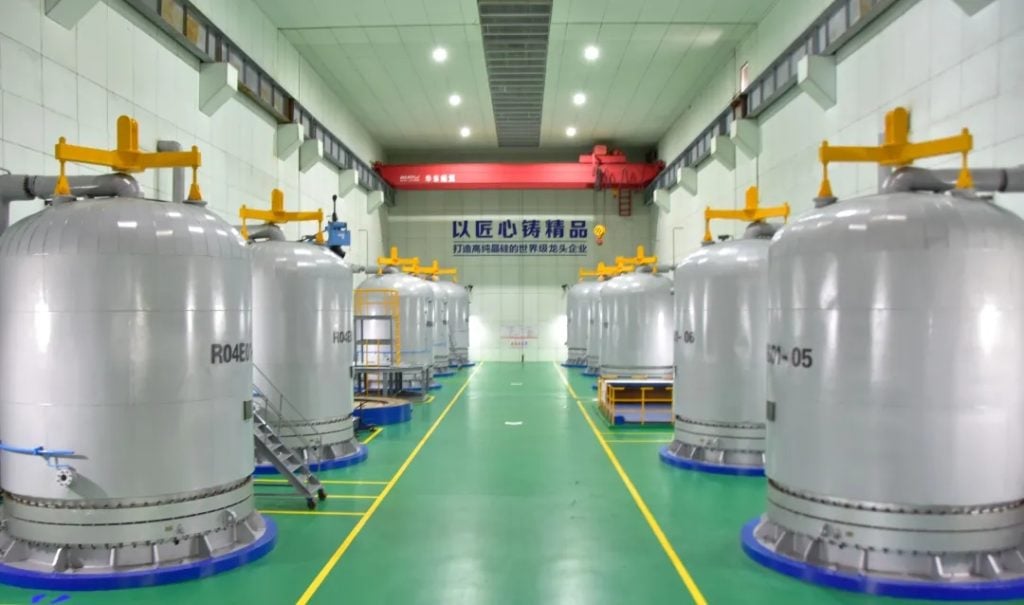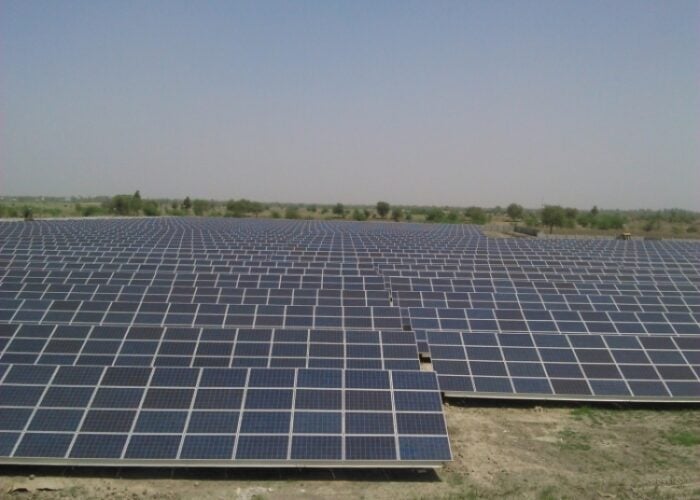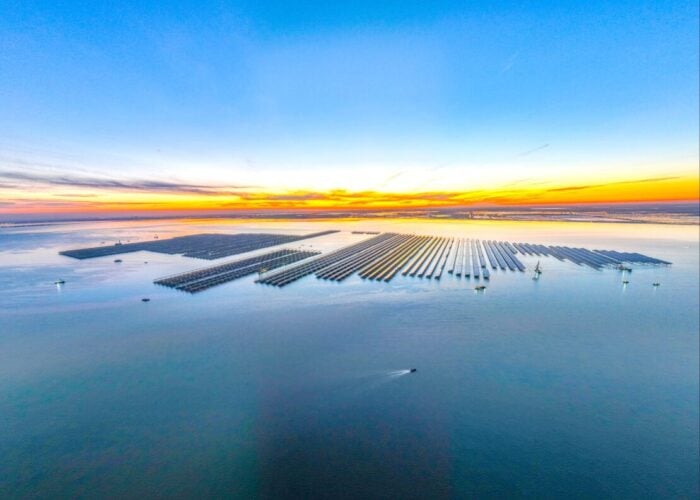
China-based integrated monocrystalline PV manufacturer Solargiga Energy has warned that despite a 37% increase in total revenue for 2020, supply chain issues led to expected losses of around RMB215 million (US$33 million) for the year.
PV Tech had previously reported that Solargiga’s preliminary summary of its 2020 results had noted that annual revenue went from US$682.8 million in 2019 to US$931.84 million, a new record for the company that had benefited by expanding both monocrystalline wafer and PV module assembly capacity.
Try Premium for just $1
- Full premium access for the first month at only $1
- Converts to an annual rate after 30 days unless cancelled
- Cancel anytime during the trial period
Premium Benefits
- Expert industry analysis and interviews
- Digital access to PV Tech Power journal
- Exclusive event discounts
Or get the full Premium subscription right away
Or continue reading this article for free
But Solargiga has now issued a profit warning, citing a number of familiar problems facing PV manufacturers in 2020 and potentially through the rest of 2021.
The PV manufacturer highlighted that losses were primarily due to a number of issues impacting the company outside their control, which led to an increase in the price of many materials which, in turn, compressed its gross profit margin.
Solargiga said it was impacted by the temporary suspension of operations caused by floods and accidents at third party polysilicon production facilities during the reporting period, which resulted in a supply shortage and surging prices of polysilicon.
It was also impacted by rising purchasing costs of auxiliary materials due to the outbreak of the COVID-19 as companies closed production plants and logistics became difficult and costs increased.
Solargiga further said that its ageing solar cell production lines, with a nameplate capacity of only 400MW, finally succumbed to obsolescence considering the massive shift in the industry to gigawatts of nameplate capacity.
As such, Solargiga suspended in-house cell production and took a one-off asset impairment charge. The company did not report the financial figure of the impairment in the profit warning statement.
PV Tech recently noted that another Chinese PV manufacturer, Talesun Solar announced impairment charges on obsolescent production lines, which has been the exception rather than the rule to date.
Although not specifically mentioned by Solargiga, solar glass prices more than doubled in 2020 due to capacity constraints imposed by the Chinese authorities on glass manufacturers involved in a period of mass overcapacity.
Special rules were recently implemented to allow glass manufacturers to expand specifically solar glass production, however shortages are only expected to reduce in the second half of 2021.
Also not specifically mentioned by Solargiga has been the knock-on effect of polysilicon prices more than doubling since the second half of 2020 on chronic shortages that have led to merchant solar cell producers raising cell prices, which the company is dependent on.
With compressed profits an issue for many PV manufacturers, average PV module prices are expected to increase in the near-term and likely remain around US$0.22/W for much of the year.
‘Solar Module Super League’ (SMSL) Candian Solar has already warned that its PV module prices would be increasing on the back of supply chain issues that have impacted Solargiga.
PV power plant projects in regions with slim profit margins may be cancelled or delayed as a result.






